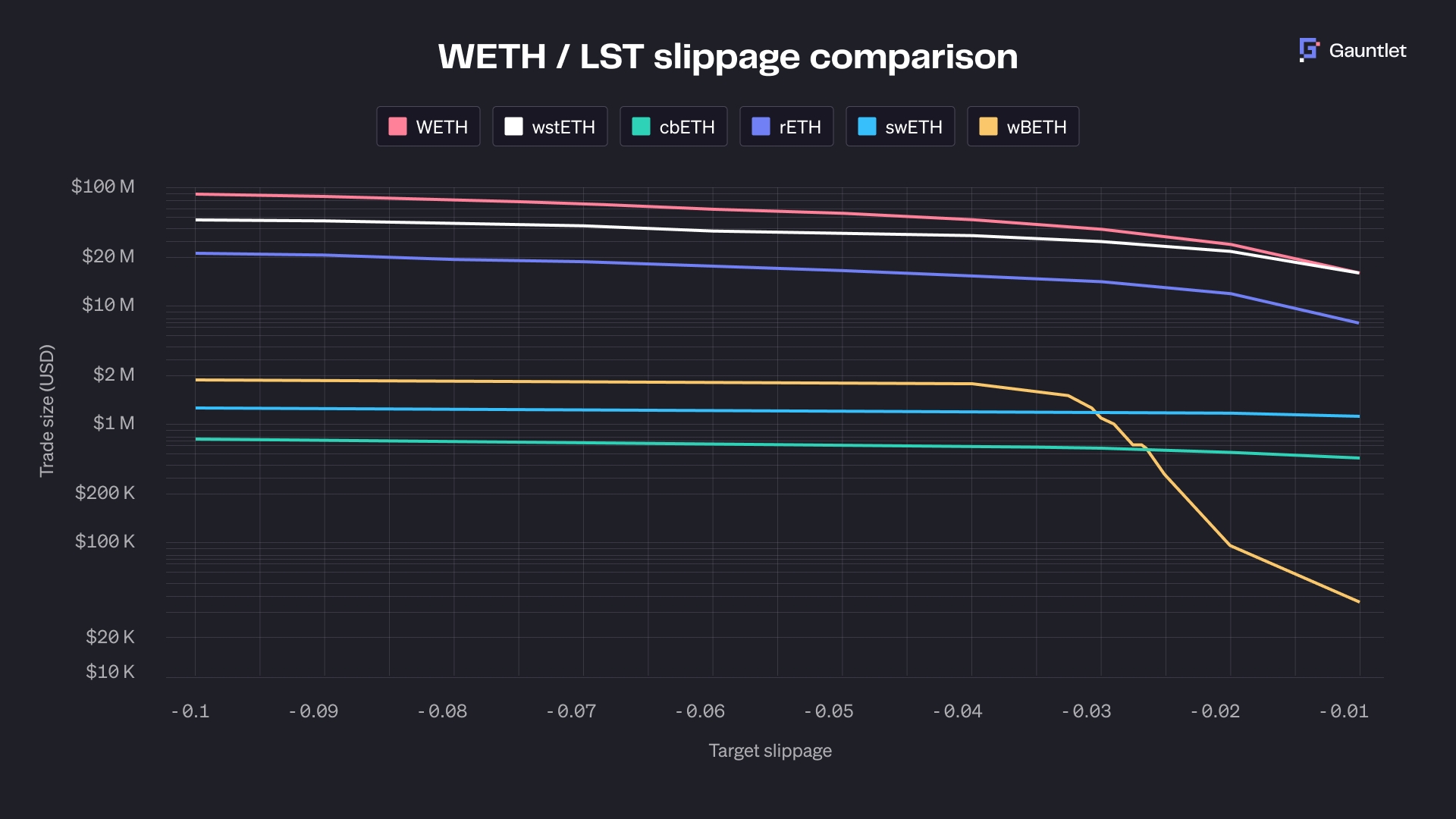Restaking Vault Strategy
Our Symbiotic vault set aims to best take advantage of the Symbiotic points campaign by maximizing the number of network allocations without exposing suppliers to excess slashing risk across all preferred collateral options. To accomplish this, we approach each vault by evaluating three major aspects:
Network allocation
Collateral selection
Operator onboarding
To ensure risk is managed beyond the allocation decision, we have instituted both onchain and off-chain controls to enhance monitoring and slashing response. In this post, we summarize our framework for evaluating each risk vertical and how we incorporate this evaluation into our decision-making.
Network Allocation Methodology
Our allocation methodology differs based on whether the network employs a slashing mechanism.

Slashable networks
Slashable networks tend to offer more attractive yields to stakers, but they also introduce a new risk vector with potential loss of staking collateral. As pioneers in DeFi risk curation, our team employs multiple safeguards to minimize slashing risk on our Restaking Vaults, which include:
Technical Due Diligence: Before allocating to each additional slashable network, the Gauntlet team conducts extensive technical due diligence on the network’s technical documentation, smart contracts, and the core team.
Delegator Hook: All Gauntlet vaults on Symbiotic deploy a built-in safety mechanism called delegator hook. The hook’s primary use is to automatically deallocate from a network in the event of slashing. The hook acts as stop-loss for vault stakers in a catastrophic event (operator offline and/or mass slashing).
Onchain Monitoring and Modeling: Our team will leverage an in-house monitoring system to track onchain events, including rewards issuance and potential validator slashing. This is powered by the our cutting-edge quantitative models and actively informs our optimal allocation decisions on the risk-reward frontier.
Our curation model for slashable networks employs an optimization technique called “minimax.” This approach minimizes the worst-case loss for our vault stakers in the event of mass slashing.
With slashing a recent feature on Symbiotic mainnet, we take an incremental approach to our vault’s initial allocations to slashable networks.
Non-slashable networks
With non-slashable networks, we take a risk-adjusted yield-maximizing approach by allocating the maximum amount of vault collateral (up to each network’s limit) to provide shared security to all non-slashable networks.
Collateral choice
Collaterals are the source of economic security for Proof-of-Stake (PoS) networks. We select collateral assets that score high health factors according to our deeply researched restaking collateral evaluation framework.
For example, a critical criterion in our evaluation is abundant market liquidity. Below are the slippage curves of each collateral’s DEX liquidity, with WETH (the top curve) as the benchmark. The CEX issuers of wBETH (Binance) and cbETH (Coinbase) also maintain deep liquidity of their LSTs.

Read our Restaking Collateral Health research blog for the full methodology.
These collateral assets account for over 70% of existing Symbiotic deposits and unlock opportunities to restake with a variety of networks, therefore maximizing capital efficiency and yield.
Operators
Operators serve two primary purposes in our evaluation:
Efficiently running networks without exposure to additional slashing risk, and
Diversifying user risk from unexpected slashing.
We aim to onboard operators with a strong track record of high-quality work across existing restaking ecosystems and L1s. Even with this in mind, slashing risk can not be reduced to zero, and spreading allocations across multiple operators reduces the potential downsides from unexpected slashing.
Last updated
Was this helpful?
